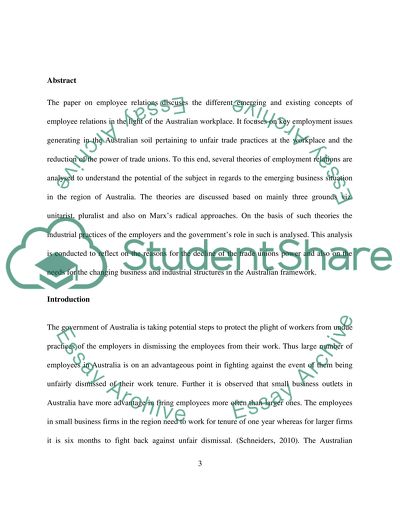Cite this document
(“To what extent, and in what ways, do the traditional theories of Essay”, n.d.)
Retrieved from https://studentshare.org/environmental-studies/1417905-to-what-extent-and-in-what-ways-do-the-traditional
Retrieved from https://studentshare.org/environmental-studies/1417905-to-what-extent-and-in-what-ways-do-the-traditional
(To What Extent, and in What Ways, Do the Traditional Theories of Essay)
https://studentshare.org/environmental-studies/1417905-to-what-extent-and-in-what-ways-do-the-traditional.
https://studentshare.org/environmental-studies/1417905-to-what-extent-and-in-what-ways-do-the-traditional.
“To What Extent, and in What Ways, Do the Traditional Theories of Essay”, n.d. https://studentshare.org/environmental-studies/1417905-to-what-extent-and-in-what-ways-do-the-traditional.


